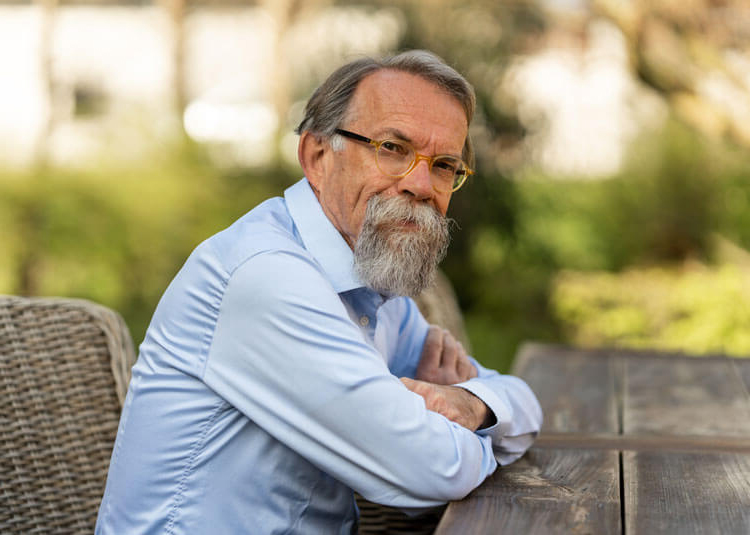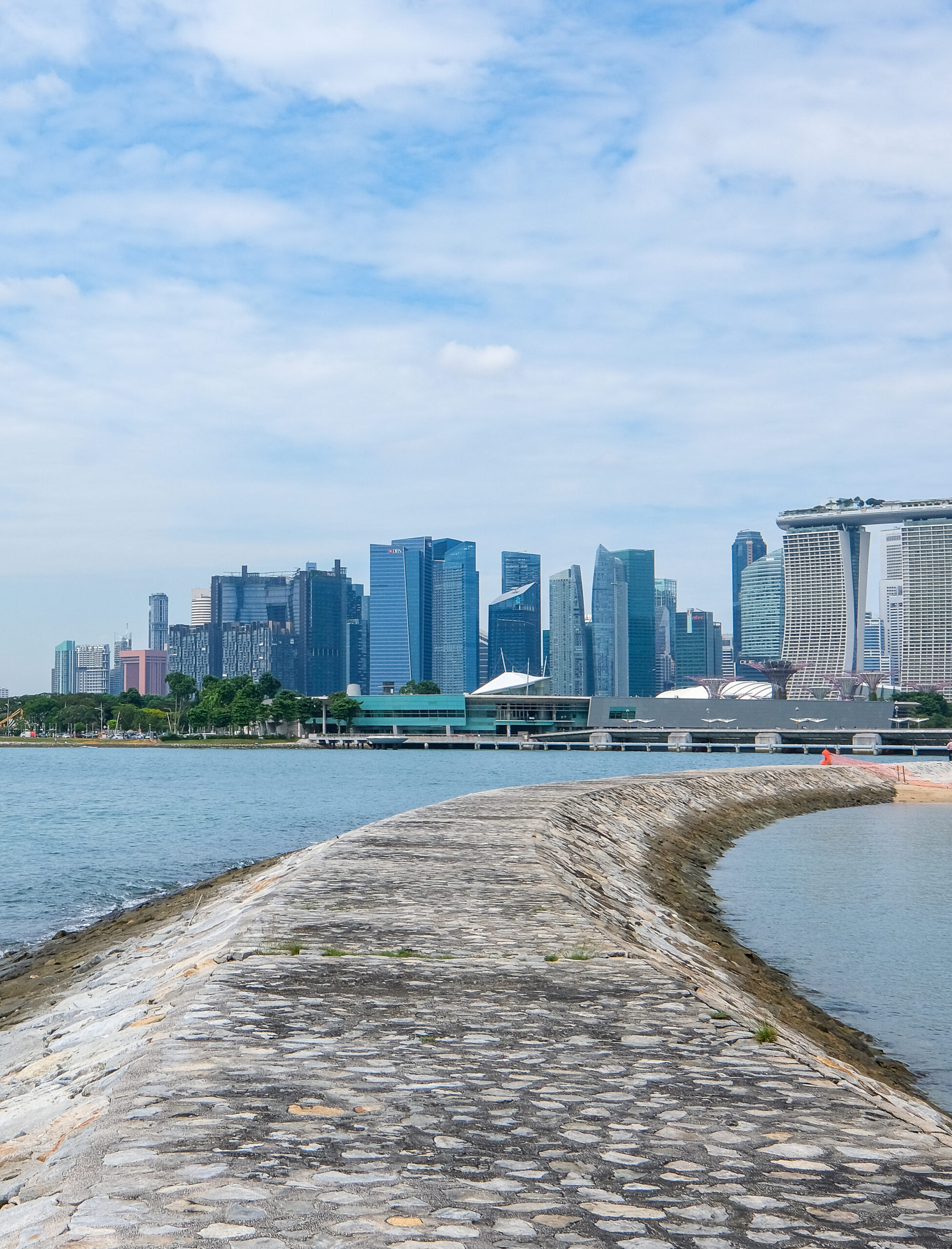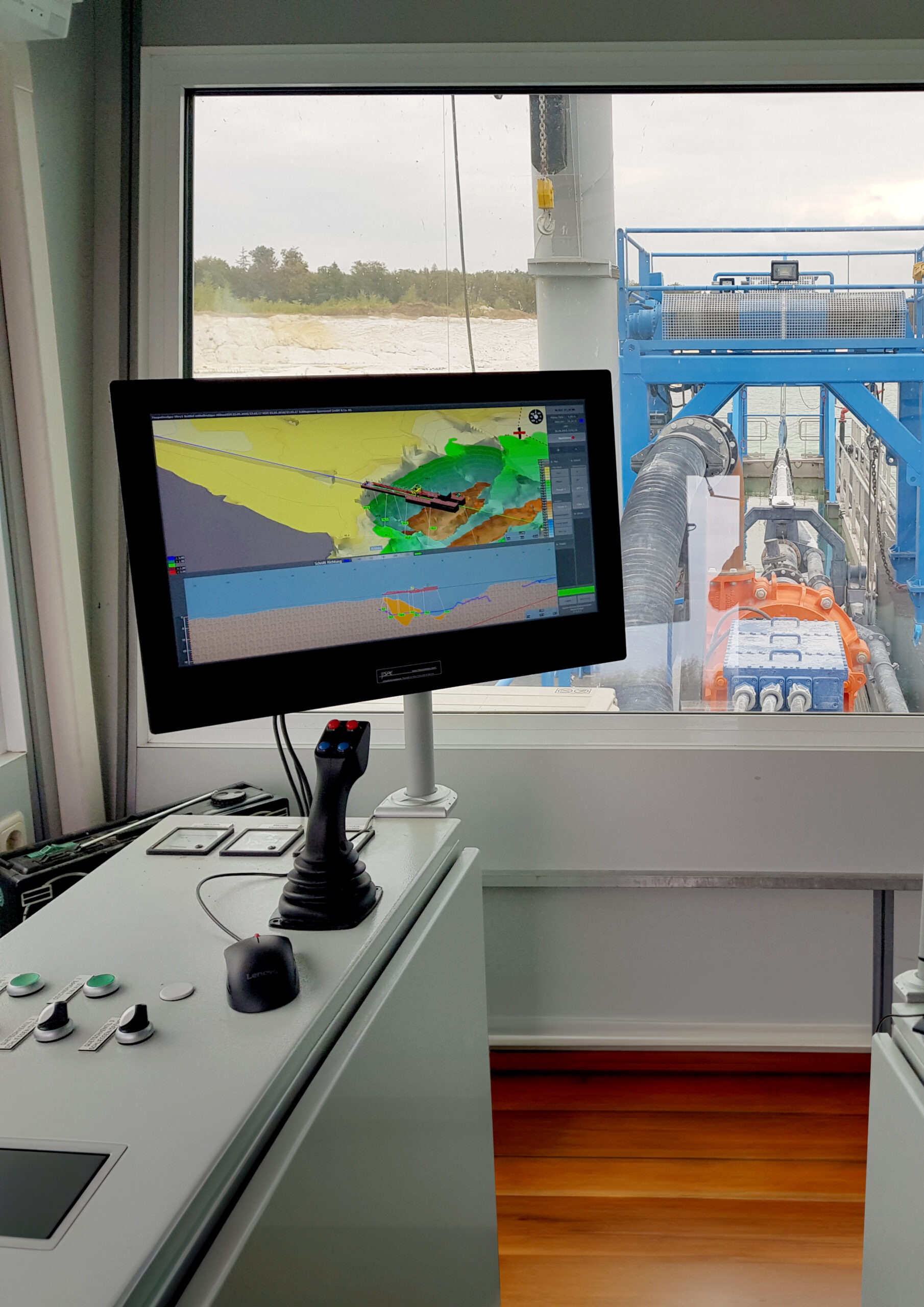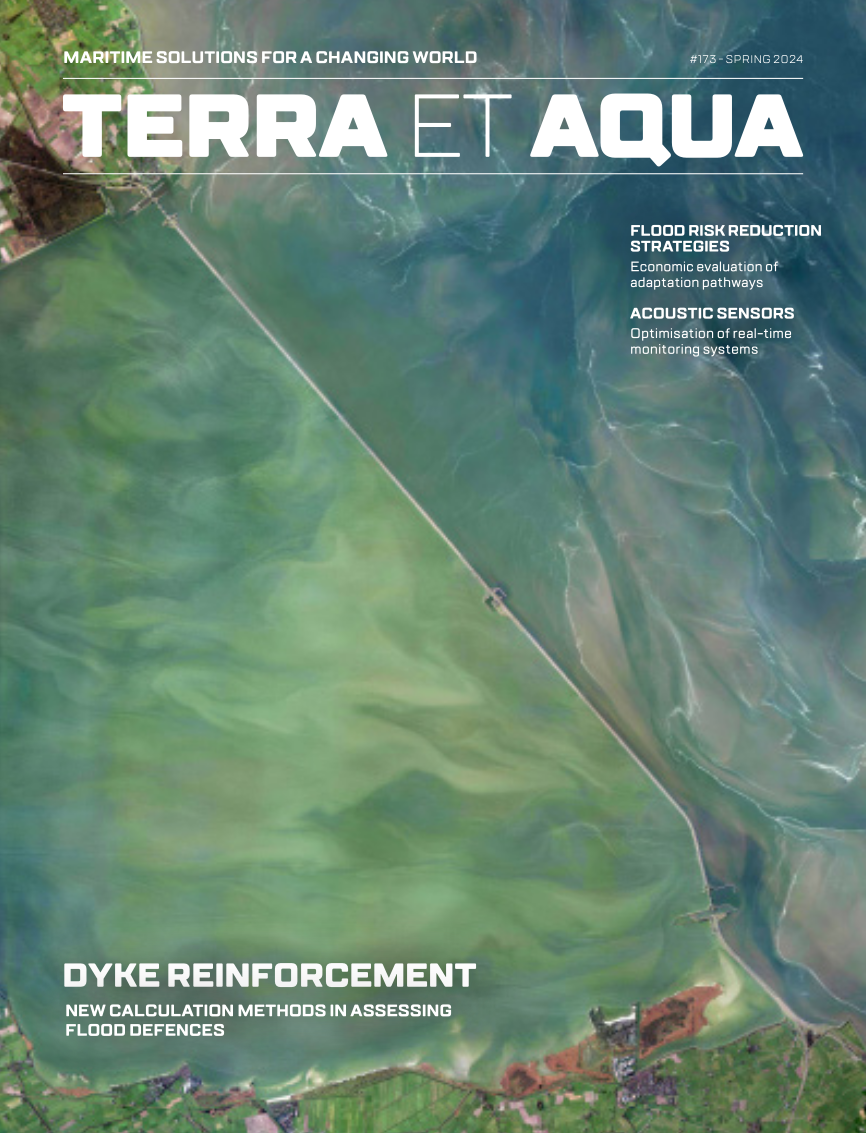Read the latest issue of Terra et Aqua featuring articles covering dredging projects as well as the topics of safety, socio-economics, technical innovations and the environment. Individual articles can be read via this page or you can download the complete issue in PDF format.
Articles in this issue

Editorial: Knowledge is king
Frank Verhoeven, President of IADC, shares his thoughts on todays’ issues related to the dredging industry and introduces the articles in this issue of Terra et Aqua.
READ NOW
A new method to economically evaluate adaptations pathways
The consequences of climate change are becoming more apparent and mitigation measures alone are no longer sufficient to prevent its impact. Investing in adaptation measures has become inevitable. However, the uncertain future conditions and the high associated investment costs puts pressure on making the best choice. Adaptive pathway planning is considered as a promising approach to develop flood risk reduction strategies that can adapt to changing circumstances. However, limitations in the existing evaluation methods pose challenges in the choice for the best strategy.
READ NOW
Optimising real-time dredge monitoring systems with acoustic sensors
Driven by an increasing population, global maritime trade activity is at an all-time high. To keep up with demand, larger vessels and expanded port facilities are being built. Larger vessels, particularly container vessels, often require multiple expansion projects, such as expanding turning basins, widening shipping channels and digging deeper berths. These port expansion projects often require dredging to ensure the upgraded facilities can handle vessels of any size. However, dredging in the maritime industry is continuous, expensive and resource intensive. To meet evolving demands while remaining economically viable, tools that increase dredging efficiency need to be evaluated and incorporated into dredging operations.
READ NOW
Dealing with computational innovation in dyke reinforcement projects
Since 2023, the Dutch government no longer prescribes which calculation models must be used in the assessment of dykes. The water boards themselves must determine which method they use to calculate the probability of flooding. This enables the development of calculation innovations. Following various dyke assessments, the largest safety risk is caused by the failure modes of slope stability and piping, therefore substantial investment is being made to better understand these failure modes. In our research, we found a way to deal with computational innovation in dyke reinforcement projects by applying specific innovations and looking at their general implementation.
READ NOW
Terra et Aqua 173: complete issue
The spring issue includes articles on a new method to economically evaluate adaptation pathways, optimising real-time dredge monitoring systems with acoustic sensors and dealing with computational innovation in dyke reinforcement projects.

